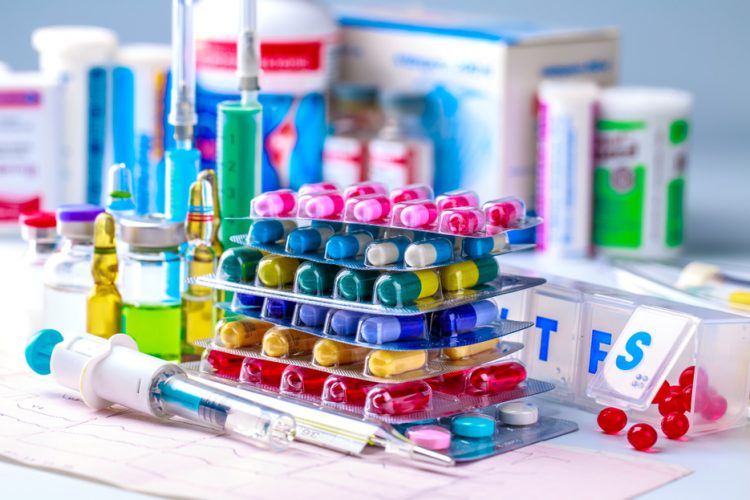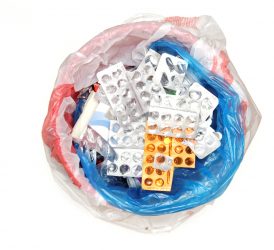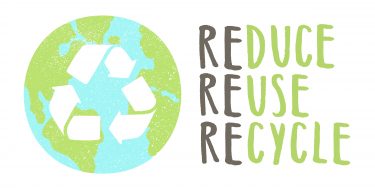The balancing act: accessibility and sustainability in packaging design
Posted: 1 June 2021 | Nick Dormon (Echo) | No comments yet
In an ageing society where people are living longer, often with debilitating conditions that require complex medical interventions, how might the way we experience and consume our drugs be changed? In this article, Echo’s Nick Dormon discusses some of the key challenges currently facing pharmaceutical packaging design, including accessibility and sustainability, and some potential ways to overcome them.


Drug innovation has come on in leaps and bounds over the years, yet the way in which consumers access medicines has not. Packaging design remains stubbornly inaccessible to the cognitively challenged, making complex medication management impractical and even dangerous.
Whilst our human preoccupation with longevity continues, another equally pressing matter requires urgent attention: the longevity of the planet, with plastic pollution from non-biodegradable blister pill packaging adding to the very environmental problem that threatens our future. To understand the scale of the issue, there are over 12 million people aged 65 and older in the UK and it has been suggested that, on average, individuals in this group take five pills per day. If the average pack has eight tablets, then roughly 2.7 billion blister pill packages are being thrown into land fill by our UK pensioners every year.
Set within the context of these social ‘timebombs’, it is clear that the pharmaceutical industry must work swiftly and innovatively towards a more viable solution that addresses the tensions between accessibility, integrity and sustainability that ensures both the health of ourselves and that of the planet. To do this effectively, we must first examine the incumbents.
Understanding consumer needs
Plastic has long been demonised as an environmental villain yet, as a material, it has served us and our medications well – providing an effective, safe and tamper-proof barrier that preserves product integrity.
When blister packaging was introduced in the 1960s, it revolutionised drug administration, delivering practical, cost-effective unit doses to patients. But the very same safety features and benefits of blister packaging that facilitate patient compliance, prevent drug counterfeiting and deter young children from accidentally consuming potentially harmful quantities of drug have also become a real source of frustration for the elderly and infirm. Good eyesight and dexterous fingers are required to access the pills and while the configuration of the packaging for medications like the contraceptive pill is a useful aide-mémoire for patients managing uncomplicated needs, the same format remains burdensome to those consuming multiple drugs a day.


Then there is the sustainability issue. Blister packaging, by its very nature, comprises a multi-layer of different materials: one to form a rigid structure, the other to provide a pierceable membrane. Composite materials are a nightmare to recycle, as they must be separated into individual mono-materials before doing so (in the case of blister packaging, plastic and aluminium). The process becomes harder still when the packaging is small, difficult to handle and less likely to be put into recycling in the first place.
Meanwhile, pill bottles, with their tamper resistant child safety caps, provide a different yet equally frustrating accessibility experience for the physically and cognitively compromised. The removal of the security seal at the neck of the bottles are difficult to get a purchase on with their tiny tabs, whilst the force required to twist and unlock the lid are as much of a deterrent for older adults as they are for the children they are designed to protect. Add to this the poor dispensing of tiny pills from opaque bottles by shaky hands and it is not hard to see how pill bottles represent a further barrier to the infirm and the poor of sight.
How might design circumnavigate these problems?
It is less about recasting packaging design itself and more about innovating new ways in which the drugs are brought to patients altogether. Changes are already happening. Pillpack, the online pharmacy acquired by Amazon in 2019 for $753 million, organises medications into individual paper packets that are labelled with the date and time they should be taken. The dispenser box ensures that the packs are administered sequentially, making it easy for patients to see if they have missed a day. On the side of the box itself, medications with an image of each pill are listed, enabling patients to cross check that they are taking the right medications at the right time.
Pillpack effectively streamlines the management of complex medication, yet the supply chain itself is critically made vulnerable to human error. You do not have to look very far online to see worrying complaints from consumers who have either repeatedly received incorrect doses of medication or are in receipt of pills that have been broken in transit. Such errors can have serious or potentially life-threatening repercussions. Moreover, whilst the listing and labelling of medications on individual packets and on the side of the dispenser box are useful to those with all their faculties intact, the same inaccessibility tensions remain for the visually and cognitively impaired. Pillpack is yet to design these problems out.
Conceptually, Pillpack’s solution is still exciting and is certainly a step in the right direction; for they have radically simplified prescriptions, making the once necessary trip to the chemist completely obsolete. Yet, when it comes down to something as important as personal healthcare, can such a service truly provide consumers with the same reassurances on safety that a pharmacist might when preparing bespoke prescriptions?


In the age of automation and instant delivery services, consumers take for granted that they can access millions upon millions of products and services via the post or through an app and expect to receive this swiftly. But whilst we can accommodate for human errors in the delivery of many goods, there is no room for error in the administering of drugs. Where innovations in healthcare are concerned, packaging design being one of them, they should never prioritise convenience over safety, integrity and accessibility.
Hero is another exciting example of technology revolutionising medication management, with its in-home pill dispensers that organises medication and prompts patients to take the correct pills at the right time. However, the system requires manual loading and the supply chain is as before, requiring the same cumbersome interaction with problematic packaging.
Somewhere in the middle lies the sweet spot for a fully integrated system where durable pre-organised units are delivered in home and simply loaded into tamper and child proof dispensing machines that have inclusively-designed operating systems.
These tensions could be resolved by a form of circular packaging – packaging that is continually re-used in a continuous loop, rather than discarded – that still incorporates the organising and compliance features of a Hero or a Pillpack but with the structural durability that preserves product integrity, is considerate of transportation and supply chain issues, and limits plastic use.
For example, a container moulded from pressed medical-grade steel made compatible with an auto-dose appliance could feasibly store and dispense the correct medication at the right time. Safety features of the container can be made more inclusive by ensuring access does not rely on physical strength, but instead must be operated by adult-sized hands. Structurally, the packs can be fashioned to connect with other packs to make transportation easy, whilst also requiring a dedicated tool for deconstruction, thus allowing for cleaning while also providing a barrier against tampering.
In this way, the pharmaceutical industry could overhaul its entire delivery and packaging infrastructure to not only manage costs but improve the user experience and limit its considerable environmental footprint. A huge part of the solution comes from considering the bigger picture: how materials are sourced, how much energy goes into producing them, how the product is transported and what happens to it at the end of its life. If we can couple this with empathetic design that truly democratises user access, we create a system for meaningful change.
Final thoughts
Healthcare, wellness and pharma are being blurred by technology into a holistic offering. Circular packaging can be mobilised effectively to realise this vision – from delivery and consumer use to collection, cleaning and refilling.
As legislation and pressures to reduce our production and use of packaging increase, it is clear that innovation in design could create medication management systems that are suitable for all, driving sustainable, impactful consumer behaviour that not only safeguards personal health but also that of the global community.
About the author
Nick Dormon is a founding partner and strategy director at Echo, a London-based innovation, brand strategy and design agency with a passion for innovation and designing sustainable futures for all. Echo works in partnership with its clients to create and develop brands that are compelling, useful, caring and environmentally responsible.
Related topics
Drug Delivery Systems, Industry Insight, Packaging, Sustainability, Therapeutics









